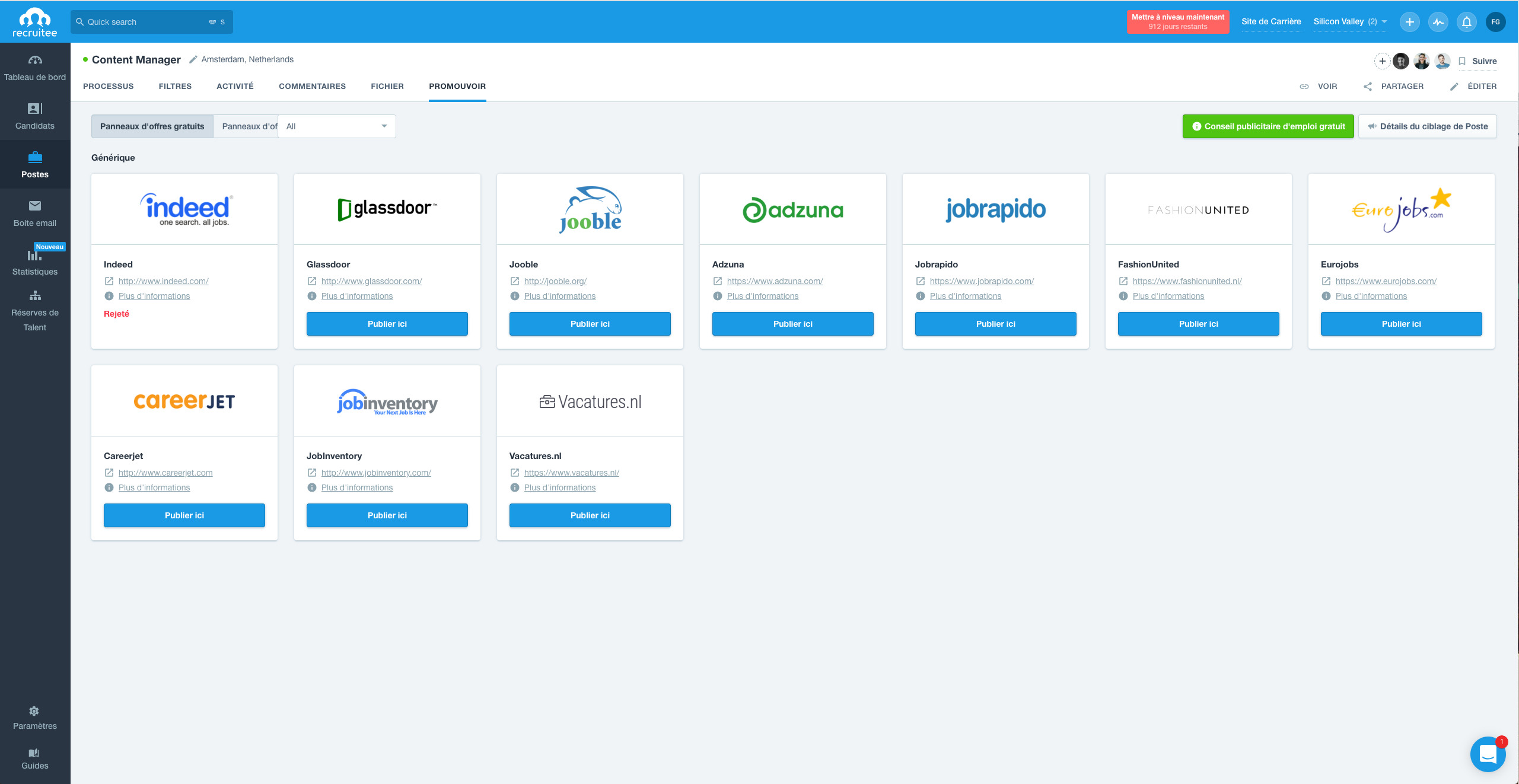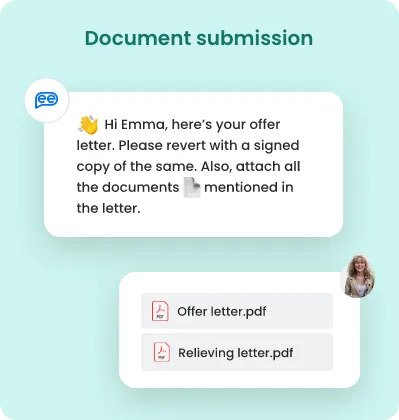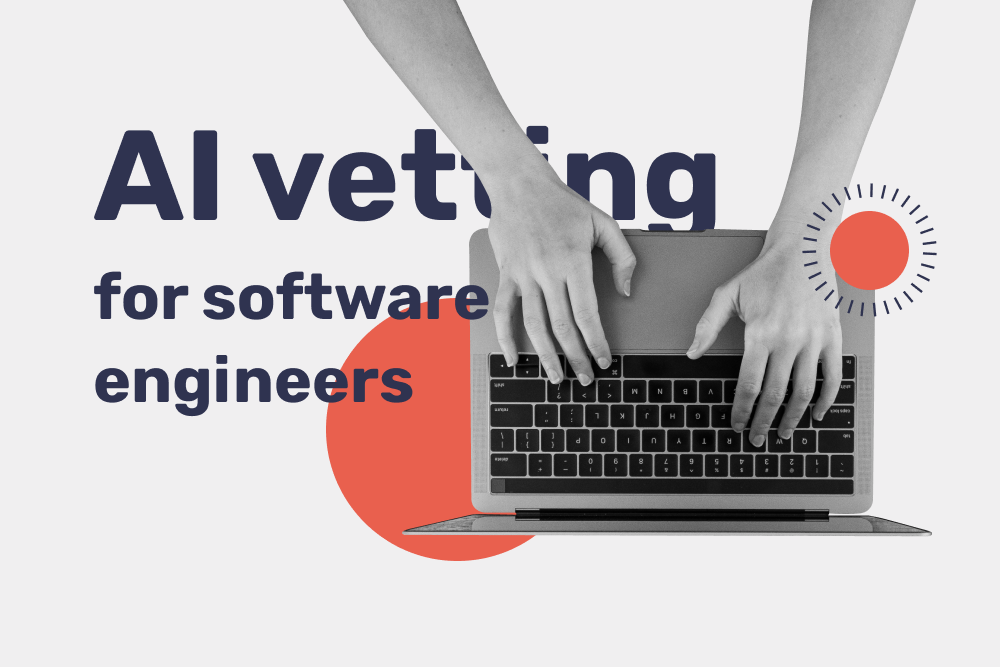If you’re a tech company, you know that hiring is one of the most time-consuming and expensive tasks you face when your business starts growing. And it’s not likely to get easier. In fact, hiring top programmers gets more difficult as the demand for tech talent continues to grow and competition for the best developers becomes more intense.
Fortunately, there are some new tools that can help you find, screen, and hire great tech talent without having to spend a fortune and postpone your product launch. In this article, we will take a look at some AI solutions for hiring automation, discover the ways big companies use AI for talent sourcing, and finally, discuss whether artificial intelligence can ever surpass human recruiters.
Common hiring problems and ways AI solves them
There are many hiring problems that artificial intelligence can help with. Let’s take a look at the most typical ones – we bet they will sound familiar to you.
Problem #1 – Repetitive tasks
Without a doubt, AI can help you reduce the number of repetitive tasks. For example, let’s imagine you have a developer position opening up. You need to create a job description and post it on multiple job boards, spread the word via social media, reach out to candidates, answer their questions (which are usually the same), track their responses, send them reminders about scheduled interviews, and manage the talent sourcing pipeline for each of the applicants.
But when you use AI in talent acquisition, most of these processes become automated, saving the time and effort of a recruiter. An on-point example here is Recruitee, a platform for talent sourcing automation. The solution allows you to create templates for recurring pipeline structures, schedule interviews, and generate custom reports, eliminating the need to work on monotonous tasks again and again. Additionally, with its Content Manager feature, you can post your job ad to the most popular boards automatically, as well as your social profiles with just one click.

Problem #2 – Human error during the pre-screening phase
Human errors are inevitable, in particular when it comes to candidate pre-screening. Sometimes, even the most experienced recruiter can forget to ask some standard questions or take notes on what they have learned about a candidate during the pre-screening phase, which can lead to missing important information and wasting time on candidates who don’t fit the position. Integrating AI into the hiring process can help avoid pre-screening errors with the help of robotic solutions.
For example, Xor AI is a recruitment chatbot that helps with pre-screening. The chatbot asks basic interview questions and employs AI assessment to make sure the candidate matches the role. For the candidate, such a pre-screening experience is time-saving and even more engaging than talking to a human recruiter. Take a look at how it works.

Problem #3 – Interview time slots overlaps
Interview time slots overlap is the next problem recruiters face, especially when they have to close multiple positions at once. In this case, managing their schedules and the interview slots becomes overwhelming. Plus, recruiters have to keep track of all the candidates’ schedules and make sure there are no conflicts with other interviews or appointments. So, how can AI help in this case?
With the HireVue platform, tech recruiters don’t have to worry about any of the things we mentioned. The solution allows for scheduling interviews with the candidates in less than 5 minutes and automatically checks for conflicting schedules so that the candidates don’t end up double-booked. There is also a feature to send applicants an automated email reminder just before the interview starts.

Problem #4 – Personality testing gaps
The next hiring problem is that many organizations struggle to accurately predict how well a candidate will fit into the role they’re applying for. They often rely on personality tests that ask questions like ‘Are you a leader?’ or ‘How much do you like to work in a team?’, which are too vague. They don’t give enough information about what kind of person would succeed in each individual job role.
AI-based recruitment solves the issue of personality testing with a scientific and data-driven approach. For example, N-Talents is a platform that provides pre-employment personality testing with AI based on specific job roles. The solution comes with multiple forms of personality assessment to determine how well an applicant will fit into their role and uses AI to help get rid of bias in the hiring process.
Problem #5 – Onboarding gaps
Onboarding is one of the most crucial stages of the hiring process. You have to provide the new team members with all the necessary documentation, sign the contracts, share onboarding content with the rules, standards, and policies, prepare an onboarding checklist, and much more.
Make Developer Onboarding Right: Checklist and Best Practices
Still, creating an engaging and effective onboarding experience is essential for the future success and productivity of an employee, so this is the stage you can’t make a mistake on. Here is where AI comes to the fore once again.
Leena AI is a virtual assistant for onboarding automation. It helps HR teams create an effective onboarding experience by automating repetitive tasks. For example, a candidate can learn more about the company, submit the necessary documents, schedule a call with a manager, keep track of their onboarding plan, and provide their feedback to the company – all these with the help of a chatbot. The tool also provides AI-driven insights about new employees’ performance during their first weeks at work.

Examples of big companies using AI for hiring
Now that we have discovered how using AI in hiring can help with the most common hiring challenges, let’s find out how big companies leverage artificial intelligence solutions in practice. Below are some examples.
- L’Oréal uses AI-driven hiring solutions during the pre-screening phase to filter suitable candidates with more confidence. The company also schedules interviews automatically and automates a part of the onboarding process.
- Hilton. Hilton places the highest bet on robotic interviewing software. The questions are deeply tailored to the expectations of the company and are pre-programmed. In addition to the to-the-point-only information they get from a candidate, the interview sessions become significantly shorter with an automated approach in place.
- Audible. Audible uses talent sourcing automation software to place their job ads across the highest possible number of job boards and platforms with high traffic volume. This way, they build a wide and diverse tech talent pool, having qualified candidates at hand when they need them.
But is AI actually that effective to streamline the hiring process?
Given the multiple use cases of AI in recruitment and the problems it can address, AI-driven solutions can indeed help you with the optimization of the recruitment process. AI successfully does a tedious job for recruiters, and can even help them avoid biases and prejudices human beings are naturally prone to. For example, Textio finds gender and age bias, plus corporate clichés in job ad copy, and suggest how to make a text more neutral and engaging at the same time.
But paradoxically, AI can sometimes be biased as well. It is important to remember that artificial intelligence is a pre-programmed algorithm that thinks just in the way its developers told it to. For example, in 2018, Amazon scrapped the development of an AI recruitment tool that recognized the gender of the candidate and showed bias against women. The reason behind this was that the tool was trained to vet applicants by observing patterns in resumes submitted to the company over a 10-year period. Most of the resumes came from men during that period of time, making Amazon’s system believe that male candidates are more fitting for hiring.
Moreover, BBC also recently stated that AI tools fail to reduce recruitment bias, referencing several researchers and scientists. Long story short, different AI tools can provide recruiters with different results just because they have different bias recognition algorithms inside and multiple variables also affect the final conclusion.
Some scientists also claim that AI will never think like a human, and it is better to accept it. So, the main conclusion we can make is that balancing artificial intelligence and human minds is still essential to make the right hiring decisions.
Hire the finest-tuned tech talent at no human bias with Bridge
Here at Bridge, we stand for automated and unbiased tech talent sourcing. How does it work? We use a smart combo of a data-driven engine and human recruiters. While our proprietary sourcing engine finds suitable candidates in a global talent pool relying on myriads of data points, our sourcing teams take a human look at the software developers’ hard and soft skills. They reach out to candidates in their native language and evaluate the cultural fit before the first interview.
With our data-driven sourcing-as-a-service, you can automate up to 80% of the tech talent acquisition process, while our sourcers will help you make well-validated hiring decisions. It is 60% cheaper than using the whole set of AI-based tools or relying on manual talent sourcing only – and that’s why our customers choose our sourcing-as-a-service to close urgent vacancies or build a remote talent pool for the future.
Reach out to us now and get your first candidates in a few days by leveraging human hiring expertise and talent sourcing automation at once!



